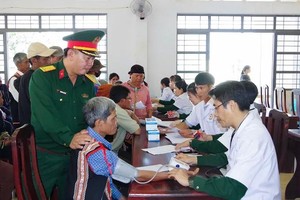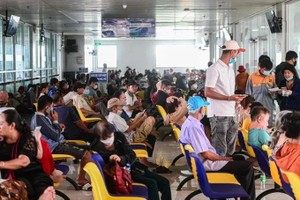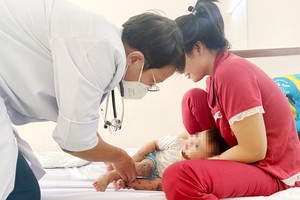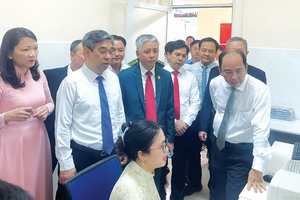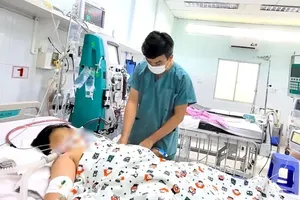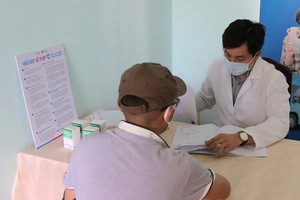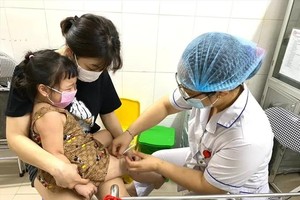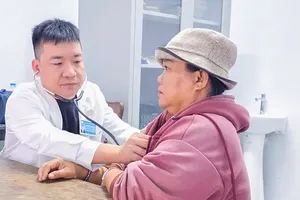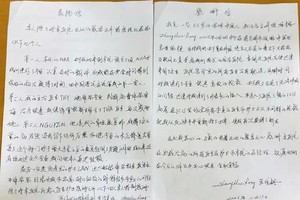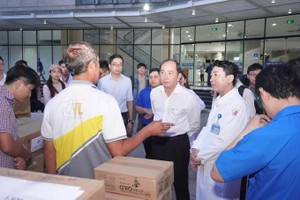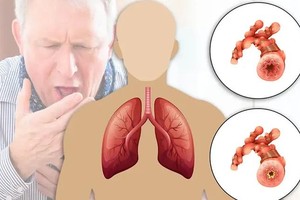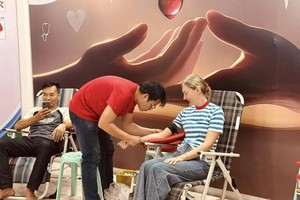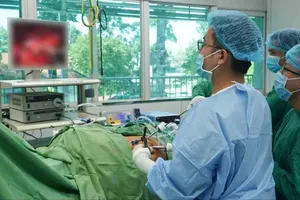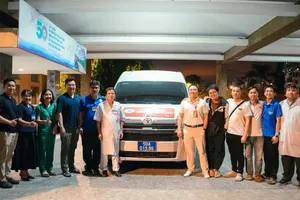 |
Assoc.Prof.Tang Chi Thuong talks about solutions to improve the quality of grassroots medical facilities in the city |
After 20 years of implementing Directive 06-CT/TW of the ninth Secretariat of the Communist Party of Vietnam on consolidating and perfecting the grassroots health network, the public health system in Ho Chi Minh City has so far met city dwellers’ needs for healthcare, but the city is also facing many difficulties in terms of organization, human resources, and service supply.
The policy of rotating doctors practicing in hospitals for a limited time to work at district health stations has been implemented by the city's health sector for a long time. Specifically, more than 10 years ago, the Prime Minister issued Decision No. 14/2013/QD-TTg dated February 20, 2013 on the implementation of a fixed-term rotation regime for practitioners at medical examination and the Ministry of Health issued a circular to carry out the PM’s decision.
Currently, the health sector in Ho Chi Minh City continues to implement this program. Medical workers in district health centers and hospitals alternately work in medical institutions without doctors. Recently, the Department of Health of Ho Chi Minh City also provided guidance on regimes for doctors who take turns working in grassroots medical establishments.
In addition, in 2023, the Department of Health of Ho Chi Minh City promotes the program by sending volunteer doctors of the Youth Union to Thanh An island commune in Can Gio outlying district and to work at the local medical center to take care of people's health in the island commune.
10 years ago, there was a severe shortage of physicians, nurses, and other health professionals per 10,000 people; as a result, the city gave priority to doctors for hospitals. However, this time, Ho Chi Minh City’s medical schools that train doctors and nurses have developed strongly offering training for an estimated more than 1,000 healthcare workers annually. Moreover, many provinces and cities also have medical schools. As a result, the shortage of doctors has been less severe.
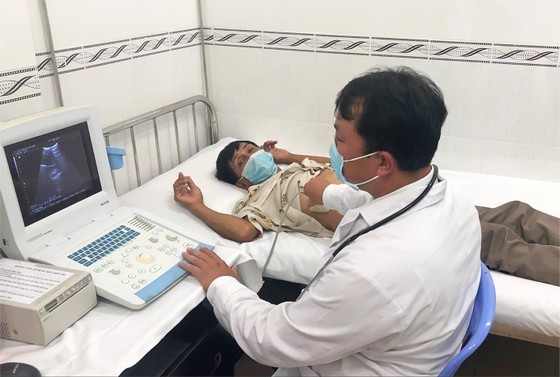 |
A doctor is examining a patient in Vinh Loc A in Binh Chanh outlying district |
Currently, Ho Chi Minh City’s density of doctors reaches approximately 21 doctors per 10,000 inhabitants, the highest compared to other places in the country. It is necessary to supply doctors to work at healthcare centers which needs to continue in the coming time because grassroots medical centers not only provide medical examination and treatment like in hospitals but also prevent disease and manage people’s primary healthcare. If grassroots medical centers work well, local people will less likely to get sick and visit hospitals for treatment.
These grassroots medical centers just provide the initial medical examination and treatment which private clinics will also be responsible for. To do so, medical schools ought to train more general practitioners. Through statistics, the ratio of general doctors is only about 0.25 doctor per 10,000 people, much lower than in developed countries; therefore, the city has proposed to the Ministry of Health to soon have a policy mechanism to increase this rate in the community health services (CHSs).
When it comes to medical stations, grassroots health stations are a typical organization of public health, medical examination and treatment activities are one of their activities and disease prevention is the main one. Currently, the city is implementing a specific mechanism for medical stations.
In HCMC, each medical station doesn’t work as same as others. Following the guidance of the Ministry of Health, the Department of Health will build the functions of different health stations and allocate doctors to different stations.
However, in addition to the function of medical examination and treatment, a health station also has many other activities that need a health workforce; hence, a project will be submitted to the municipal People's Council and the People's Committee on strengthening and developing a network of community health collaborators. It is estimated that each neighborhood needs at least three public health collaborators.
Improving the operation quality of CHSs is an activity throughout the past time of the health sector including an upgrade of the infrastructure. Currently, with the annual budget, the health sector still gives priority to medical stations to upgrade and repair these stations with sufficient infrastructure to operate on the principles of family medicine. So far, 50 stations have been established.
This year, the sector will deploy 146 stations from the Government's budget. In addition to infrastructure, appropriate equipment for medical stations is also essential. The sector piloted bringing an X-ray machine with artificial intelligence to Thanh An island commune in Can Gio outlying district which has operated effectively; accordingly, the sector proposed to continue implementing it at the commune health stations in suburban districts. In addition, a connection between doctors working at CHSs and specialists in large hospitals should be maintained for remote consultation and professional advice.
